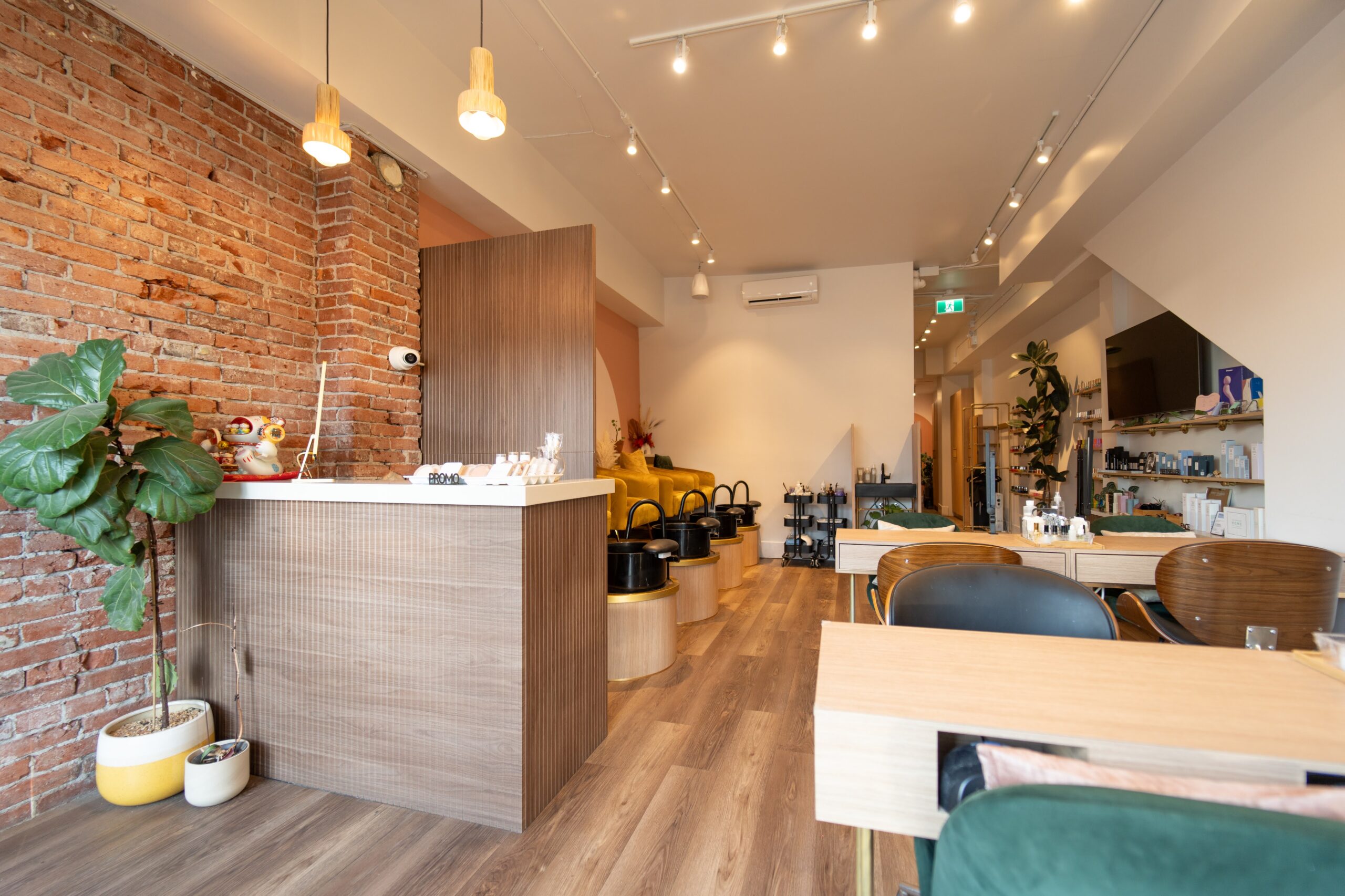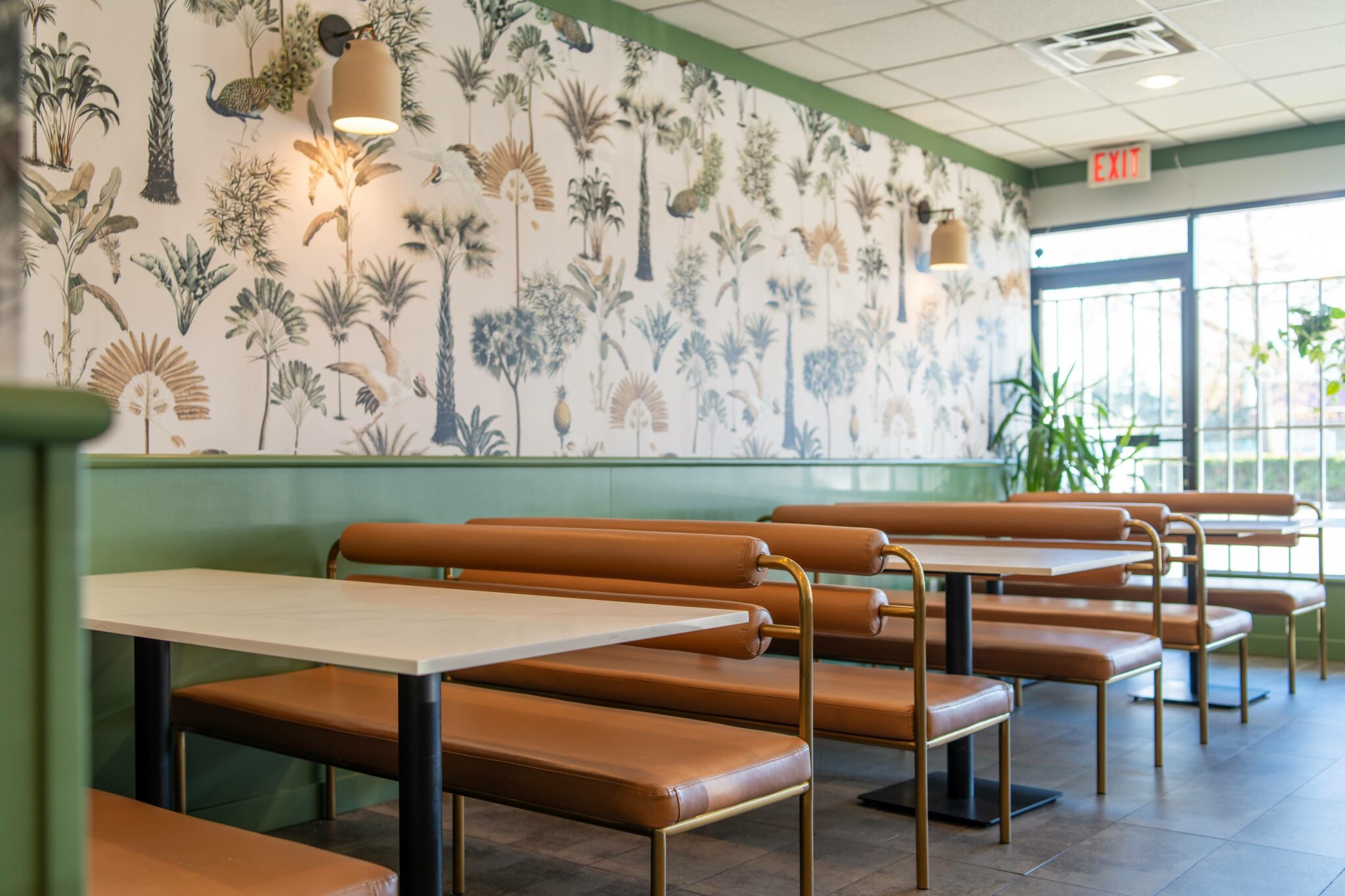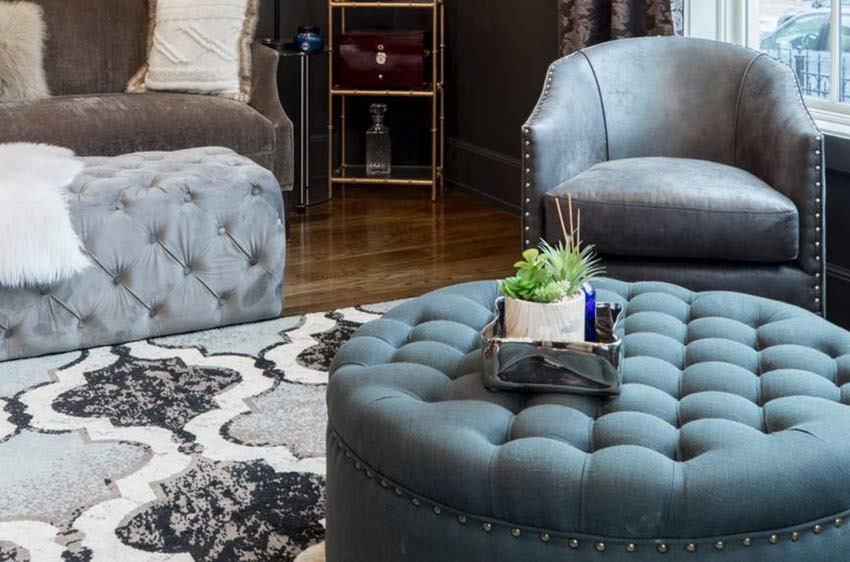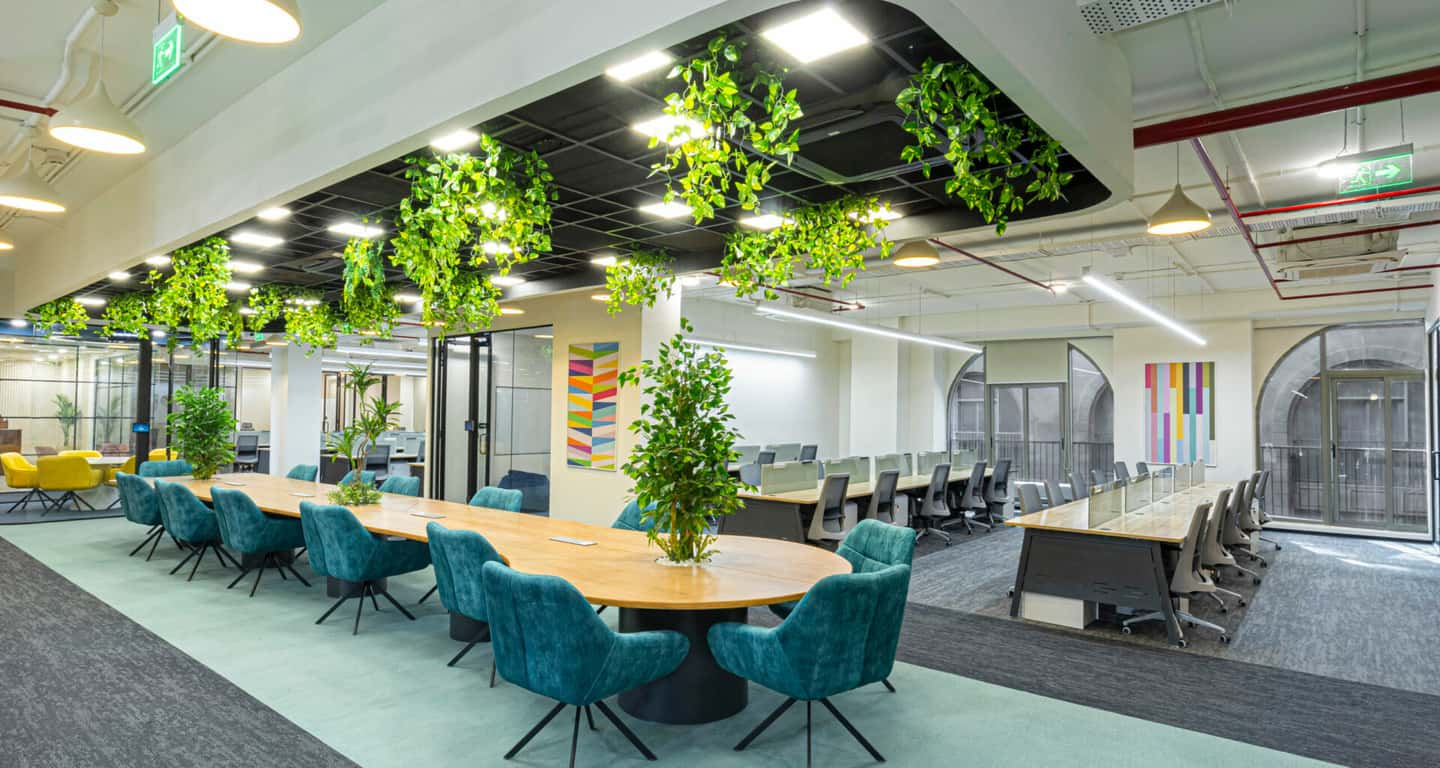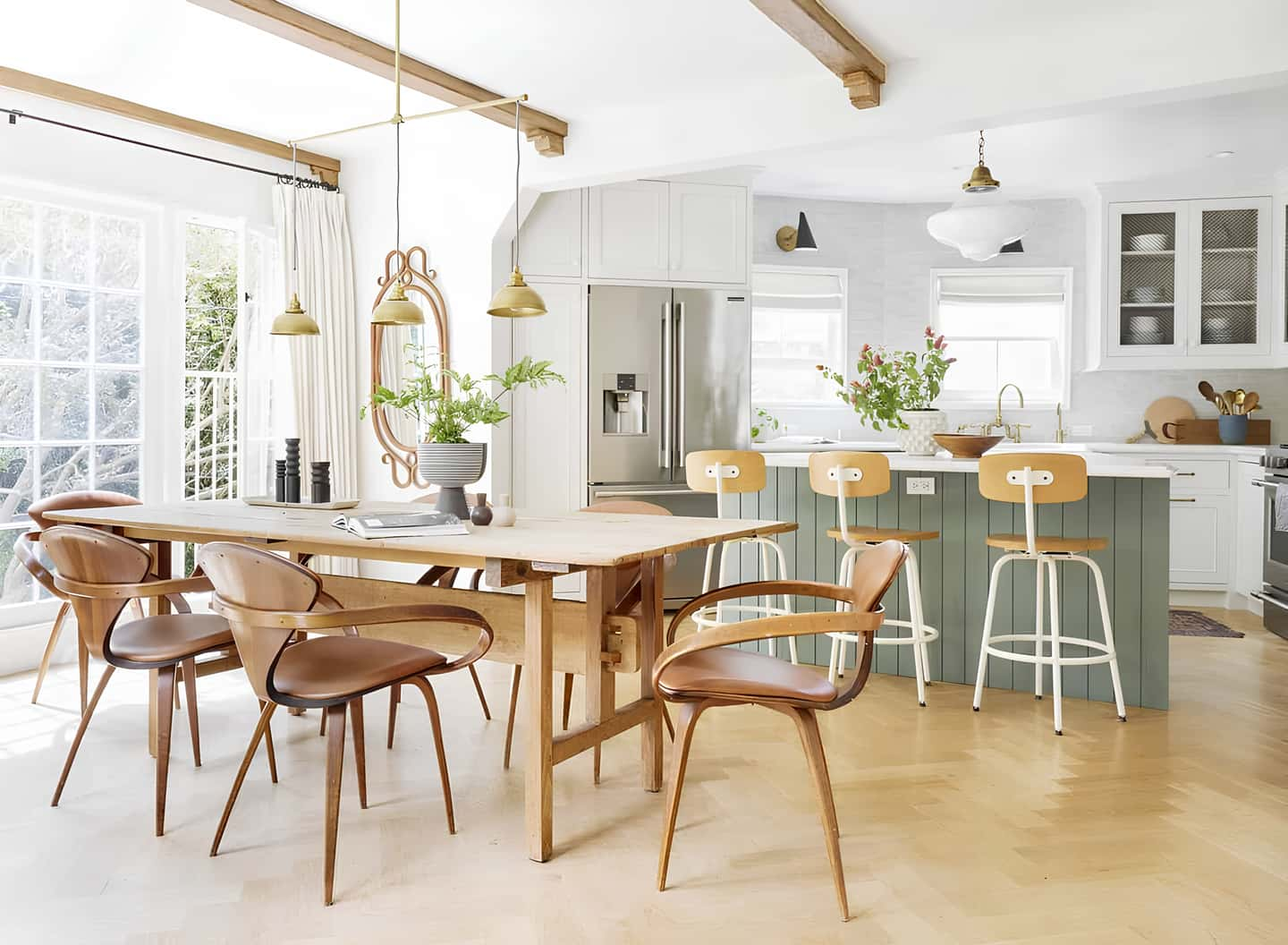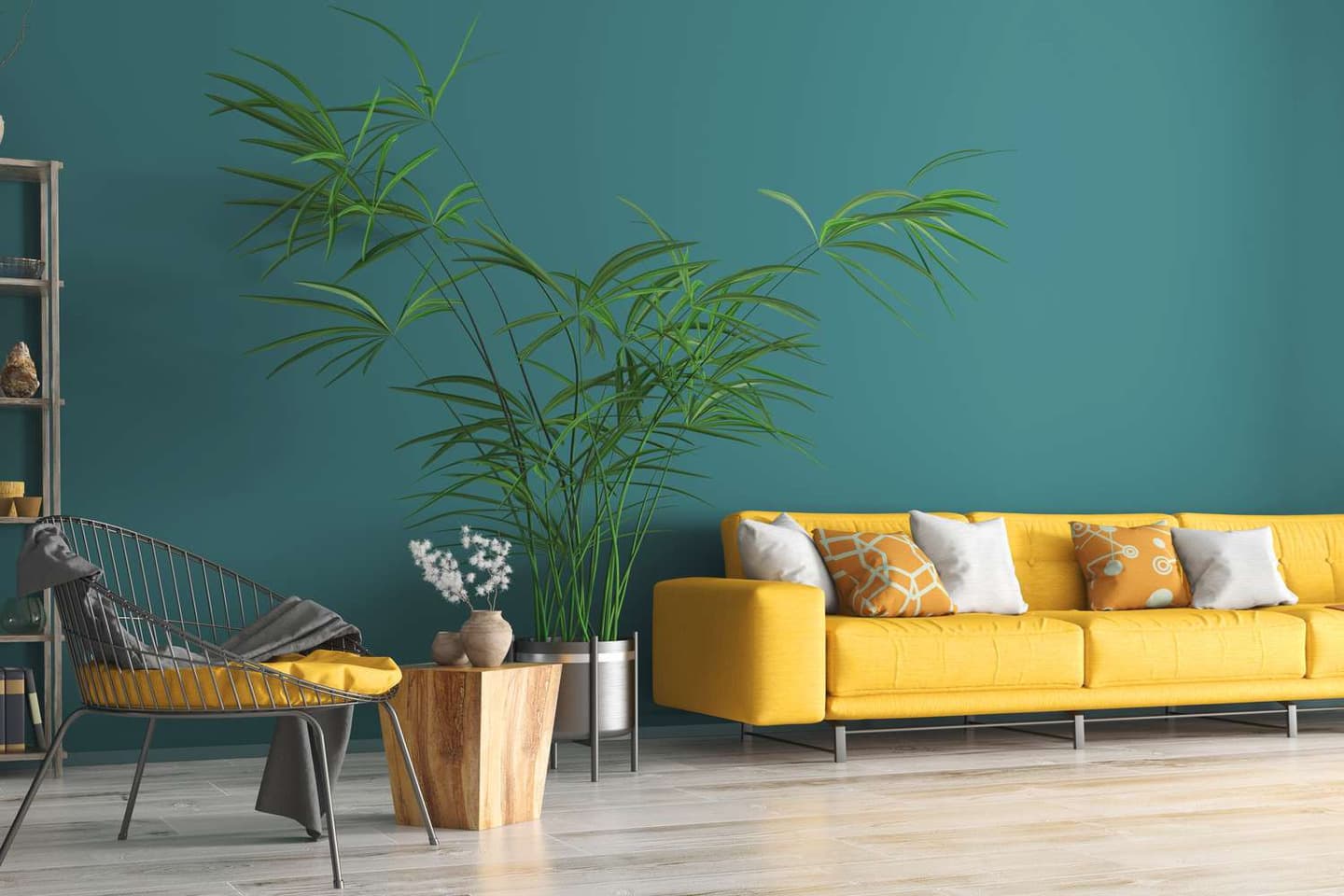In the extremely competitive field of hospitality, interior design is an important factor in how guests feel and what they think. A well-designed hotel not only makes its guests feel comfortable and useful, but it leaves a lasting impact on them. This piece will talk about the most important parts of hotel and hospitality interior design and how they help make stays memorable.
Functionality and Practicality
Functionality is at the heart of any well-designed hotel. When planning the space’s layout and flow, it’s important to think about what both guests and staff will need. Making good use of room makes it easier for guests to move around the hotel and also helps the property make as much money as possible. Lighting, soundproofing, and air flow are all important factors that affect how comfortable and pleasant the hotel is overall.

Aesthetics and Atmosphere
The most important thing in hotel architecture is making people feel welcome. The colors, textures, and fabrics you choose have a big impact on how you feel and what you want to feel. Warm, neutral tones can make you feel at ease and comfortable, while bright details can make things look more interesting and classy. Carefully choosing art, lighting fixtures, and furniture as well as other decor and furnishings can make the room look even better overall.
Brand Identity and Theme
The interior design of a hotel should match its name and values. Creating a theme or idea that runs through the whole property helps build a strong brand image and sets you apart in the market. Through the use of certain colors, patterns, or artwork, successful hotels often use parts of their brand story in the design. Interior design can successfully communicate a brand’s unique personality and style. Case studies of hotels like the W Hotels and the Ace Hotel show how this works.
Guest Comfort and Experience
The main goal of hotel interior design is to make people feel comfortable and give them a memorable stay. Guest rooms should be made to help people relax and feel better by using soft furniture, calming color schemes, and thoughtful extras. Paying attention to the little things, like using good linens, lighting features that are easy to reach, and technology that is easy to use, can make the whole experience for guests much better. Lobbies, lounges, and other common areas should be warm and welcoming places that encourage people to talk to each other and build a feeling of community.
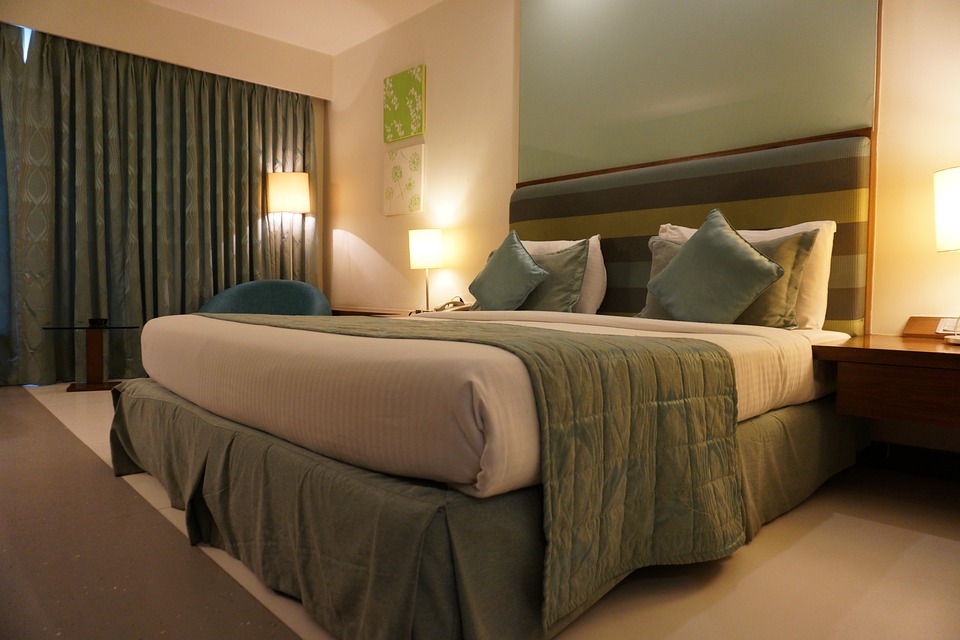
Sustainability and Eco-Friendly Design
Sustainability is becoming more and more important in hotel design as people become more aware of the environment. Using eco-friendly materials like recycled fabrics, reclaimed wood, and low-VOC paints not only lessens the damage to the environment but also attracts tourists who care about the environment. Putting in green roofs, water-saving features, and lighting that uses less energy can show that a hotel cares about the environment and save money at the same time.
Cultural Sensitivity and Localization
It is very important to think about regional preferences and sensitivities when designing hotels in different parts of the world. Something that appeals to one group might not do the same for another. Using local traditions and culture in the interior design can help people feel like they are really there. For instance, using traditional art, patterns, and color schemes can honor the area’s history while also making the experience one-of-a-kind and memorable.
Future Trends and Innovations
The field of hotel and hospitality interior design is always changing, with new ideas and styles coming out all the time. Biophilic design, which uses natural patterns and elements in the built environment, is becoming more common because it can improve health and lower stress. More and more people are also using movable and multi-functional furniture, which makes hotel rooms more flexible and easy to change. As technology keeps getting better, augmented reality, virtual reality, and AI will likely be used more in hotel design. This will give guests more engaging and personalized experiences.
Conclusion
Interior design is a vital part of running a successful hotel or other hospitality business. Designers can make places that not only meet guests’ practical needs but also make an emotional impact that lasts by carefully considering things like brand identity, aesthetics, functionality, guest comfort, sustainability, technology, and cultural sensitivity. As the hotel business changes, hotels need to keep up and use new design ideas that meet the needs and wants of today’s visitors.

I am a design enthusiast that loves writing about the latest trends and style when it comes to commercial and residential interior design. I also love architecture and buildings.

